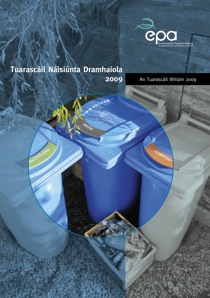
Year: 2012
Cuireann an tuarascáil seo faisnéis maidir le giniúint agus bainistiú dramhaíola i 2009. Clúdaíonn sé dramhail a ghintear ag teaghlaigh, tráchtála agus oibreoirí tionscail, chomh maith le dramhaíl a onnmhairiú thar lear. An tuarascáil béim freisin ar threochtaí i giniúint dramhaíola agus bainistíochta agus léiríonn dul chun cinn i dtreo spriocanna a aisghabháil agus a athchúrsáil.
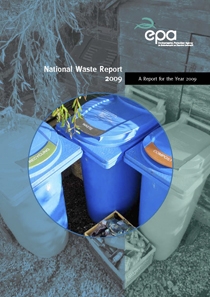
Year: 2012
This report presents information on waste generation and management in 2009. It covers municipal waste, hazardous waste, construction & demolition waste, as well as some waste streams subject to producer responsibility initiatives. The report illustrates progress towards meeting EU recovery, recycling and diversion from landfill targets.
Year: 2012
Executive summary of the findings of the national study to determine the effectiveness of SEA in Ireland related to the Regional Planning Guidelines. Recommendations are put forward in relation to guidance, training & awareness, data collection/provision & sharing and governance and legislation.
This is the report of the review of effectiveness review of SEA in Ireland in relation to the Regional Planning Guidelines., December 2012
Year: 2012
Findings of the review of the effectiveness of SEA in Ireland in relation to the Regional Planning Guidelines
Year: 2012
Through the National SEA (Environmental Authority) Technical Forum the 5 SEA statutory environmental authorities in Ireland have jointly developed an SEA Action Plan to implement the key priority recommendations of the SEA Effectiveness Review. The implementation of this Action Plan will be dependent on a shared responsibility in delivering the key priority recommendations.
Year: 2012
The key findings and recommendations from the 'Effectiveness Review of SEA in Ireland' are presented in this report. Recommendations are included to address issues relating to guidance, training & awareness, data collection, provision & sharing and governance and legislation.
Year: 2012
This document summarises the key findings and recommendations of the 'Review of Effectiveness of SEA in Ireland' main report.
Year: 2012
This report presents the results of environmental monitoring carried out in 2011 following the accident at the Fukushima Dai-ichi nuclear power plant (NPP) in Japan and subsequent releases of radioactivity.
Council Directive of 12 December 1991 concerning the protection of waters against pollution caused by nitrates from agricultural sources (91/676/EEC), June 2012
Year: 2012
This report provides the information from Ireland to the European Commission, as required under Article 10 of the Nitrates Directive (91/676/EEC), with respect to the fifth reporting period (2008-2011). The report comprises: a description, with maps, of the evolution of water quality in groundwater and surface waters; a statement on the adoption of a Whole Territory Approach with respect to the designation of nitrate vulnerable zones; a summary of agricultural activities and an account of the implementation of the agricultural Code of Good Practice and a summary of the principal measures and an evaluation of the National Action Programme for limiting nitrate inputs from agricultural sources.
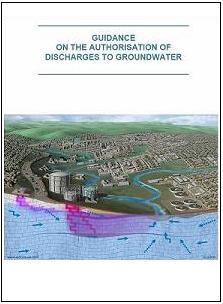
Version 1 - December 2011 , June 2011
Year: 2011
This provides a framework for the criteria considered important for granting or refusing an authorisation for discharge to groundwater. It addresses risk screening, appropriate levels of technical assessment, prediction of impact on groundwater quality and appropriate monitoring for different types and scales of discharges.

Version 1 - December 2011, April 2011
Year: 2011
This provides a framework for the criteria considered important for granting or refusing an authorisation for discharge to groundwater. It addresses risk screening, appropriate levels of technical assessment, prediction of impact on groundwater quality and appropriate monitoring for different types and scales of discharges.
Year: 2011
A “major road” is defined as a road with an annual total bi-directional flow during 2016 above 3,000,000 vehicle passages per year, approximately 8,220 vehicle passages per average 24 hours.
Year: 2011
Guidance note on the development of strategic noise maps under the Environmental Noise Regulations.
Year: 2011
This Guidance Note is intended to allow IPPC or waste licence holders to determine if their own sites are suitable for wind turbine development with respect to noise nuisance.
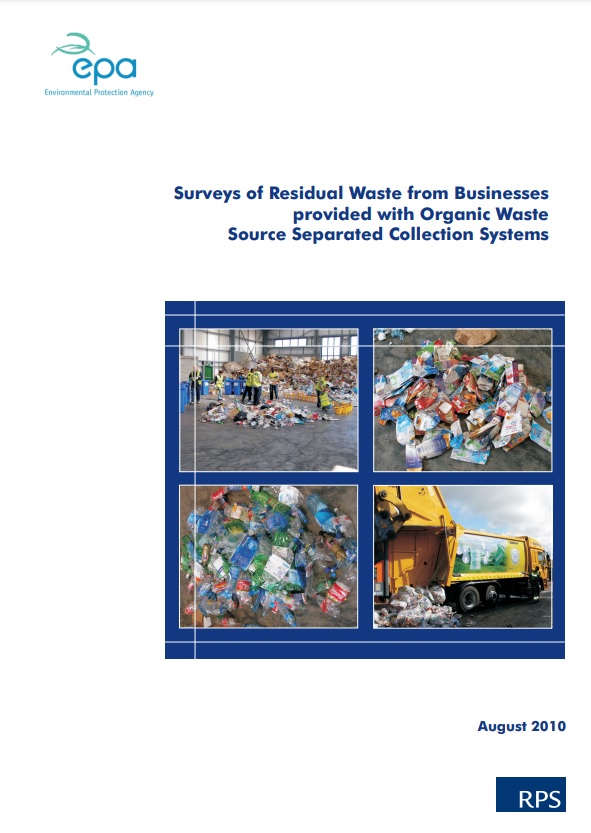
Year: 2010
As a follow-on to the Municipal Waste Characterisation 2008 Surveys (EPA contract NWPP-2007-26), the EPA commissioned RPS to develop biodegradable and packaging factors for residual waste from 3- bin collection systems from commercial origin. This report presents the results of this work.
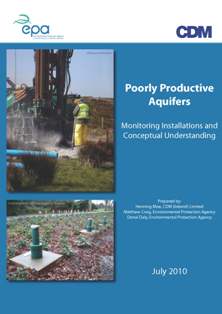
Year: 2010
A step by step guide to the establishment and installation of monitoring catchments in poorly productive aquifers. The document provides information on the project background and approach, borehole drilling, the construction and installation of wells and the hydrological characteristics of each catchment.
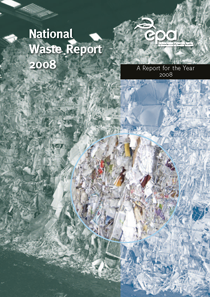
Year: 2009
This report presents information on waste generation and management in 2008. It covers waste generated by households, commercial premises and industrial operators, as well as waste exported abroad. The report also highlights trends in waste generation and management and illustrates progress towards recovery and recycling targets. The online version was revised in January 2011 to correct errata.
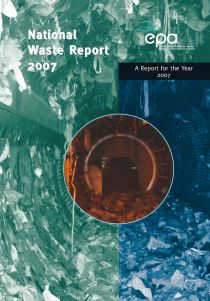
Year: 2009
his report presents information on waste generation and management in 2007, on waste management infrastructure and on initiatives towards waste prevention and recovery. It covers waste generated by householders, commercial premises, as well as waste exported abroad. The report also highlights trends in waste generation and management and illustrates progress towards recovery targets.
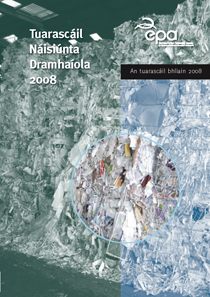
Year: 2009
Cuireann an tuarascáil seo faisnéis maidir le giniúint agus bainistiú dramhaíola i 2008. Clúdaíonn sé dramhaíl a ghintear ag teaghlaigh, tráchtála agus oibreoirí tionscail, chomh maith le dramhaíl a onnmhairiú thar lear. An tuarascáil béim freisin ar threochtaí i giniúint dramhaíola agus bainistíochta agus léiríonn dul chun cinn i dtreo spriocanna a aisghabháil agus a athchúrsáil.
Year: 2009
Register of former mine sites and tailings ponds (1996)